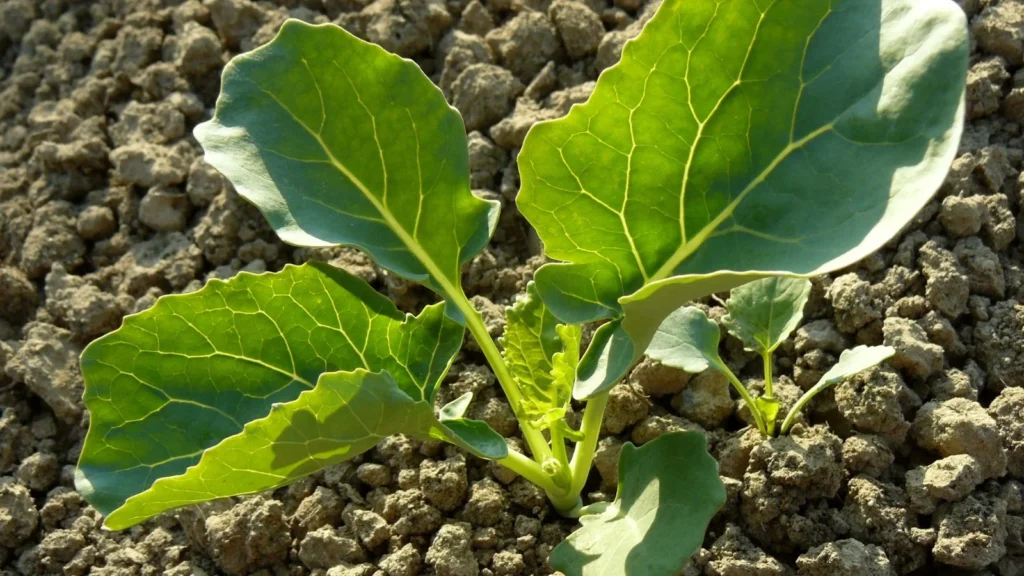

If you’re looking to grow some fresh, nutritious broccoli in your own backyard, you’re in the right place! Growing broccoli from seed is a rewarding and relatively easy process, and it’s perfect for beginner gardeners. Whether you want to save on groceries or just enjoy the satisfaction of growing your own food, this step-by-step guide will help you get started. Let’s dive into everything you need to know about growing broccoli, from choosing the best varieties to harvesting those delicious heads.
Why Grow Broccoli?
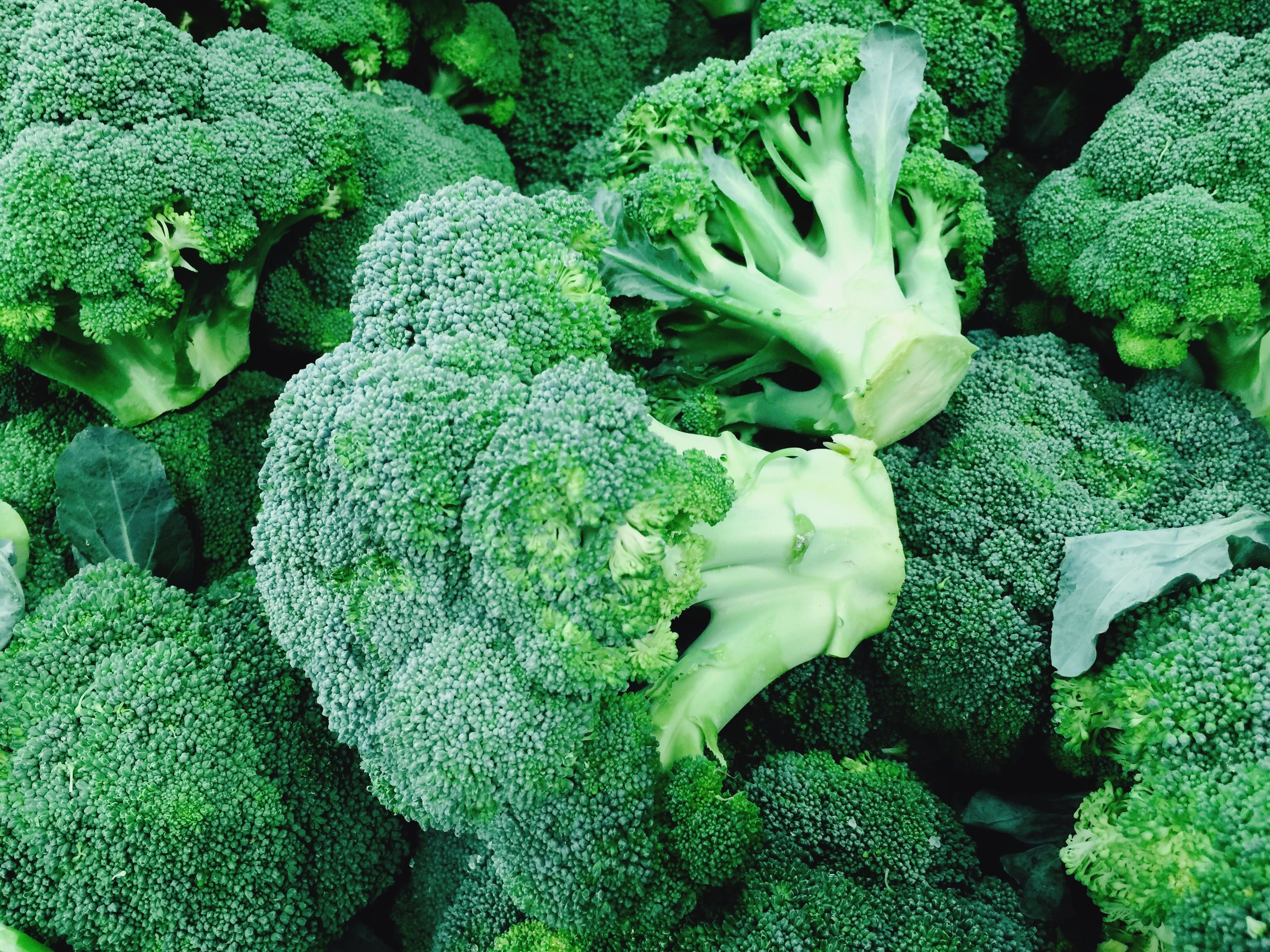
Broccoli isn’t just tasty; it’s also packed with nutrients! Low in calories and high in fiber, it’s an excellent source of vitamins C and K, folate, potassium, and manganese. Plus, it’s incredibly versatile in the kitchen—whether you’re steaming, roasting, or throwing it in a stir-fry. Best of all, broccoli is easy to grow, and with a little care, you can have a bounty right in your garden.
When & Where to Plant Broccoli
:strip_icc()/7003402-14204-173-ff8930b4184c4c7a820ee87caccbe748.jpg)
Best Time for Planting:
- Spring: Broccoli thrives in cool weather, so plant it early in the spring, around 8-10 weeks before your last expected frost. If you live in a warm climate, starting seeds indoors can help get the jump on the growing season.
- Fall: For a fall crop, plant your seeds outdoors around 100 days before the first frost. This gives them enough time to grow before the cooler weather sets in.
Where to Plant:
Broccoli needs at least 6-8 hours of sunlight per day. Full sun will help produce bigger heads, while less sunlight could lead to leggy plants and smaller harvests. Choose a spot in your garden where the soil drains well. Broccoli roots are shallow, so a raised bed or a well-tilled garden spot works great.
Starting Broccoli from Seed
:max_bytes(150000):strip_icc()/growing-broccoli-plants-in-the-vegetable-garden-1403457-01-f02156f7788d4198b58a94016c5d220e.jpg)
Indoors (for early planting):
- Sow the Seeds: Use pots, trays, or seed blocks. Plant seeds about ¼ inch deep, one per block or pot (you can plant two seeds per cell if you’re unsure about germination).
- Germination: Keep the soil moist and place the seeds in a sunny spot or under grow lights. Expect the seeds to germinate in 5-10 days.
- Hardening Off: Once the seedlings have at least 4-5 true leaves and the weather warms up, begin to harden them off. This means taking the seedlings outside for a few hours each day, gradually increasing the time until they’re ready to be transplanted into the garden.
Direct Sowing Outdoors:
If you prefer to sow seeds directly in the garden, plant them about 12-24 inches apart. For the best results, plant in groups of 2-3 seeds per spot, and then thin them down to one strong seedling once they grow a couple of inches tall.
Caring for Your Broccoli Plants
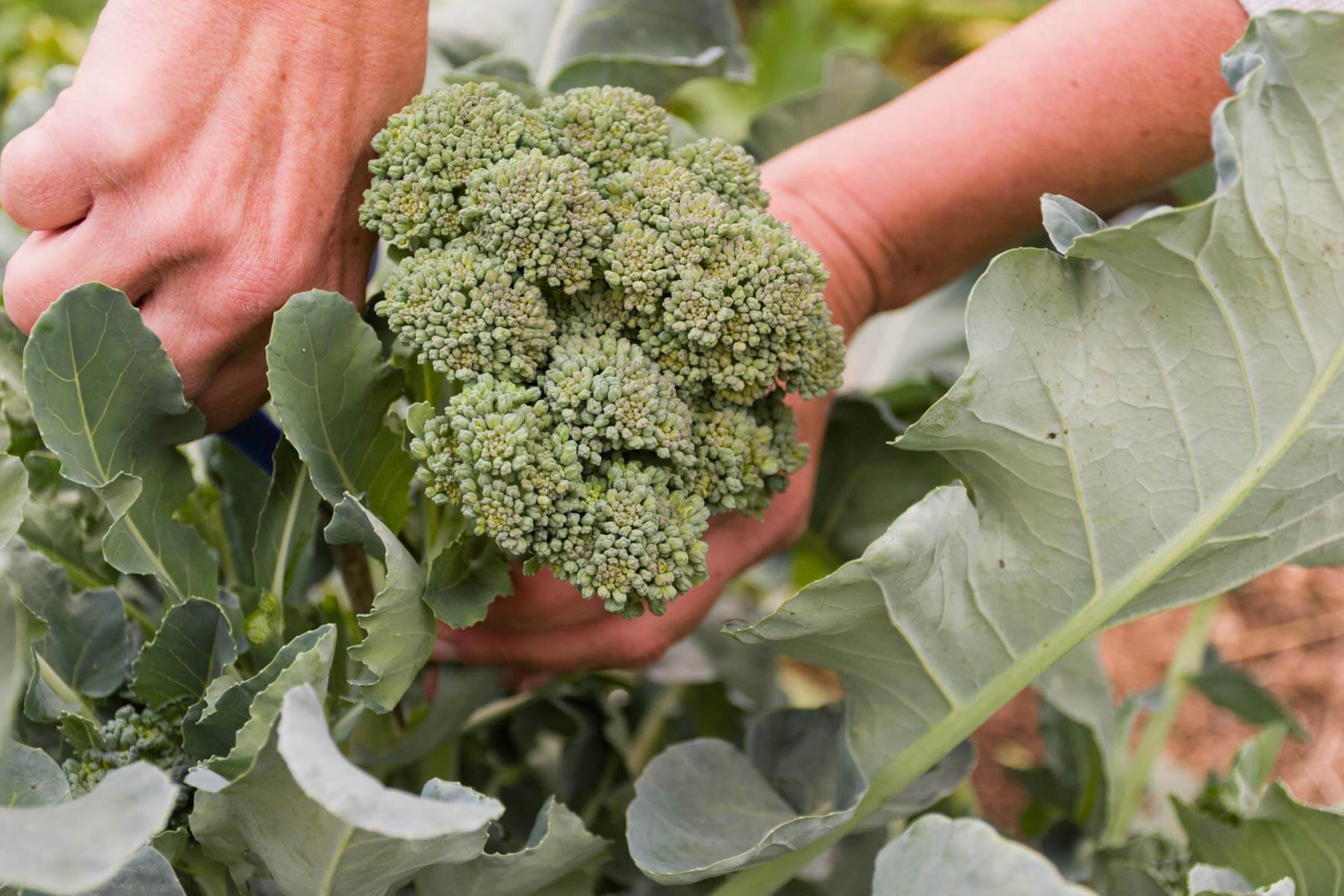
Once your broccoli is planted, it doesn’t require much daily attention, but here are some tips to help it grow strong and healthy:
- Soil Nutrition: Broccoli is a heavy feeder, so it needs lots of nutrients. Add plenty of organic compost and manure to the soil when planting or transplanting.
- Mycorrhizal Fungi: Consider adding mycorrhizal fungi to the soil to help the roots grow larger and the plants stronger.
- Temperature Control: Broccoli loves cool weather, ideally around 65°-70°F. If you’re in an area that heats up quickly, try companion planting or mulching to keep the soil cool and protect your plants from the sun.
- Watering: Keep the soil consistently moist, especially during dry spells. Broccoli needs around 2 inches of water per week. Water at the base of the plant to avoid wetting the leaves, which can cause fungal diseases.
- Weeding: Since broccoli has shallow roots, be careful when weeding around your plants. Instead, use mulch to keep weeds at bay and help the soil retain moisture.
Troubleshooting: Common Issues
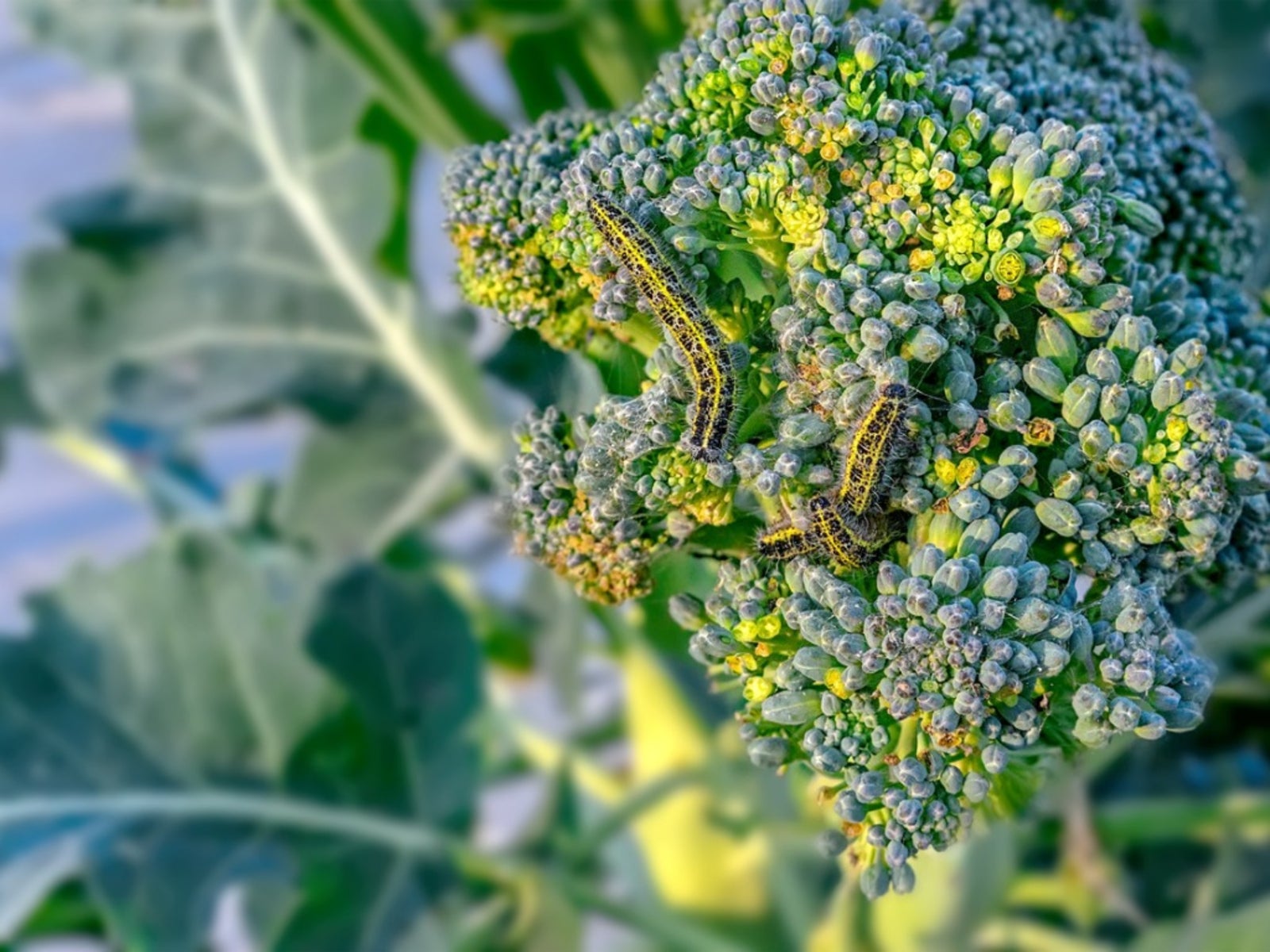
While broccoli is relatively easy to grow, a few problems can arise. Here’s what to look out for:
- Bolting: If the weather gets too warm, broccoli might start to flower and bolt, which means the plant goes to seed too early. To prevent this, make sure your broccoli is growing in the cooler parts of the season, either spring or fall.
- Pests: Watch out for common pests like cabbage worms, which can damage your plants. A natural pest control solution like neem oil or insecticidal soap can help.
Harvesting Your Broccoli
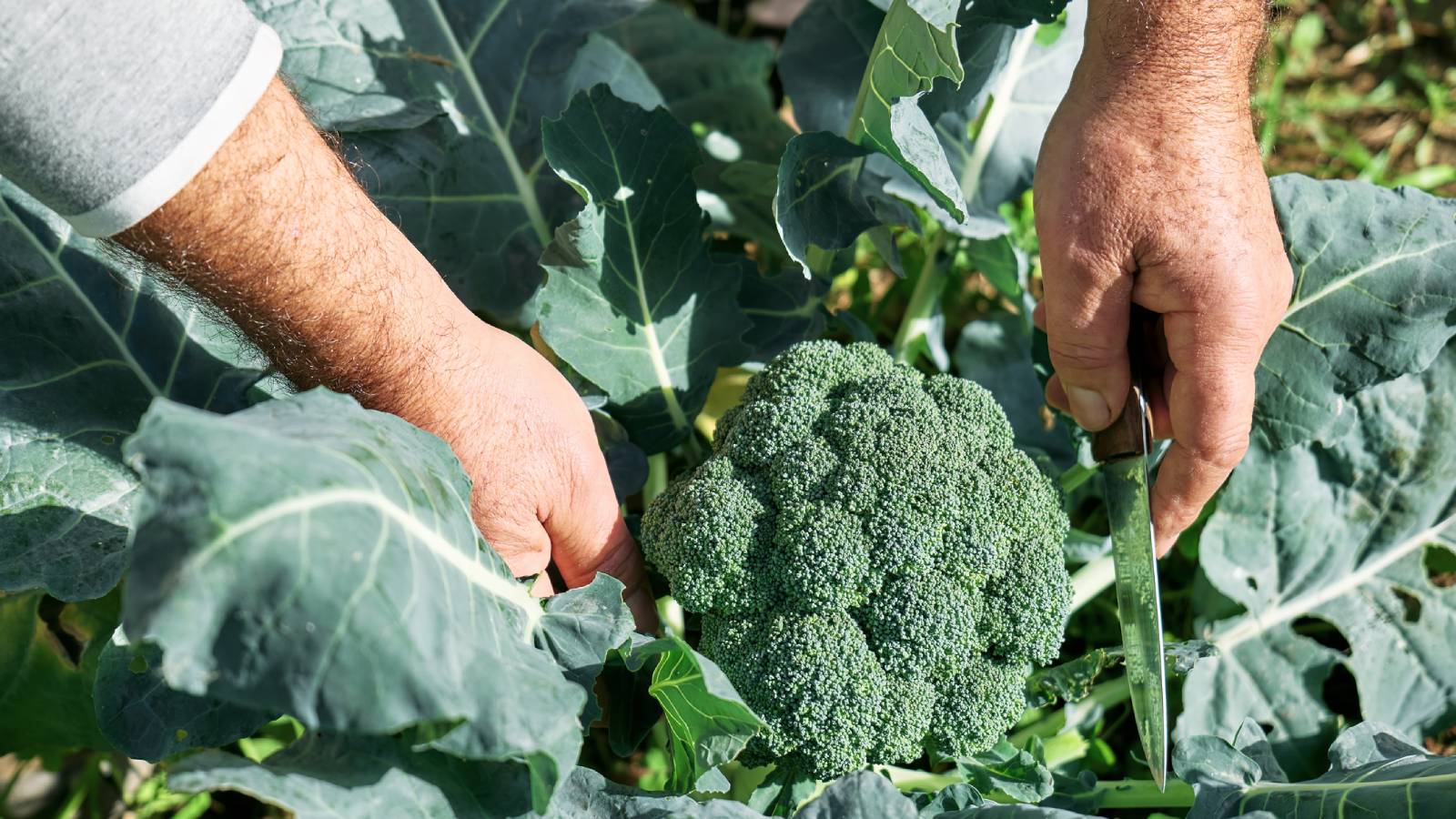
Harvest broccoli when the heads are compact and firm, but before the buds start to flower. Use a sharp knife to cut the head off, leaving a few inches of stem attached. If your plants are healthy and the weather is cool enough, you may get several smaller side shoots after the main head is harvested.
🌿 Broccoli Growing FAQs
🥦 When Should I Plant Broccoli Seeds?
Start seeds indoors 8–10 weeks before the last frost in spring, or sow outdoors about 100 days before the first fall frost.
☀️ How Much Sunlight Does Broccoli Need?
Broccoli needs at least 6–8 hours of full sunlight each day for optimal growth.
📏 How Far Apart Should I Plant Broccoli?
Plant broccoli 12–24 inches apart, depending on the specific variety you’re growing.
💧 How Often Should I Water Broccoli?
Water regularly, aiming for about 2 inches per week, especially during dry spells.
🌡️ How Do I Prevent Broccoli from Bolting?
Plant during cooler weather (spring or fall), and use shade or mulch to help keep soil temperatures low.
🪴 Can I Grow Broccoli in Containers?
Yes, you can! Make sure the container is at least 12 inches deep so roots have enough space to grow.
🐛 What Should I Do If Pests Attack My Broccoli?
Use natural pest control methods like neem oil, insecticidal soap, or beneficial insects to keep pests under control.
Conclusion
Growing broccoli from seed in your backyard is a fun and rewarding experience, whether you’re a seasoned gardener or just starting out. With its cool-weather preference and relatively low-maintenance care, broccoli is a fantastic choice for home gardeners looking to grow their own fresh, nutritious vegetables. By choosing the right planting time, providing the right care, and understanding how to deal with common issues, you can harvest beautiful, healthy heads of broccoli straight from your garden.
Remember to be patient, keep your plants well-fed, and ensure they get plenty of sunlight and water. Before you know it, you’ll be enjoying the satisfaction of eating homegrown broccoli, all while saving money and adding more nutritious food to your table. Happy gardening, and enjoy the process of watching your broccoli thrive!
